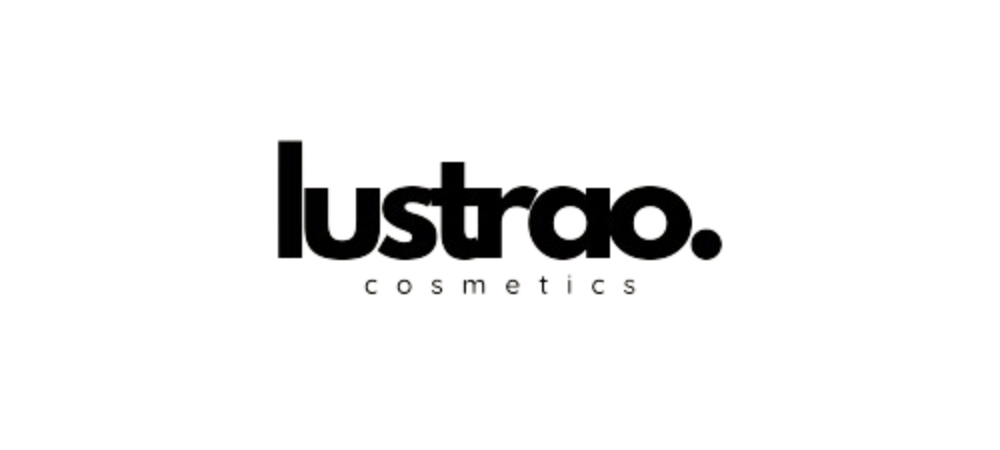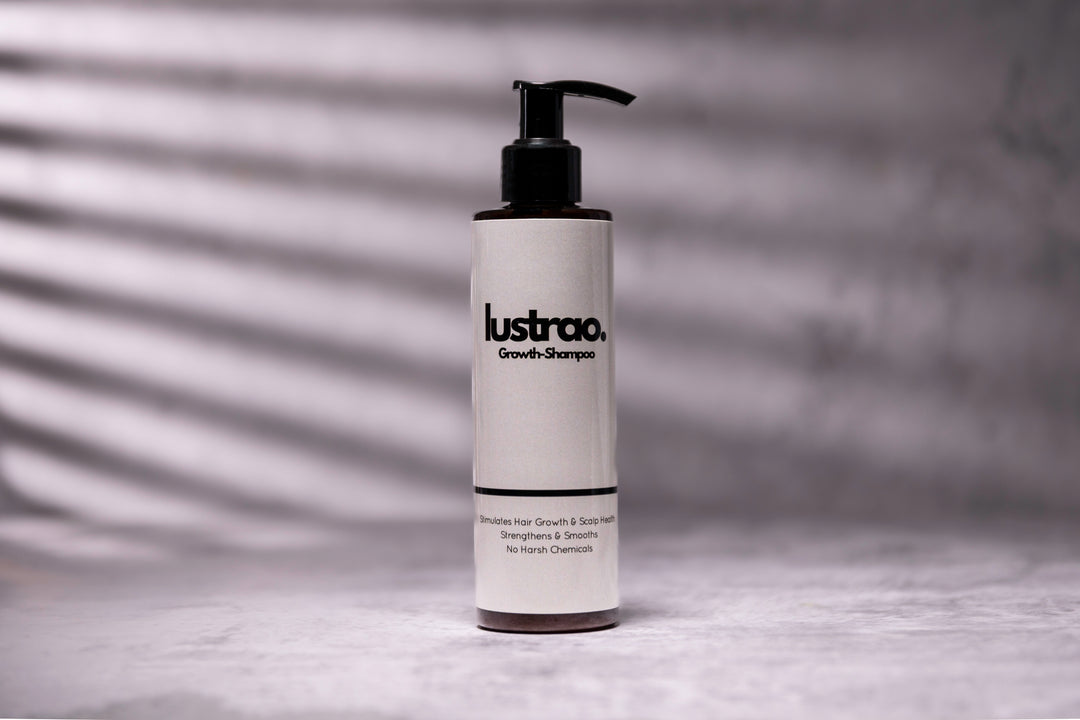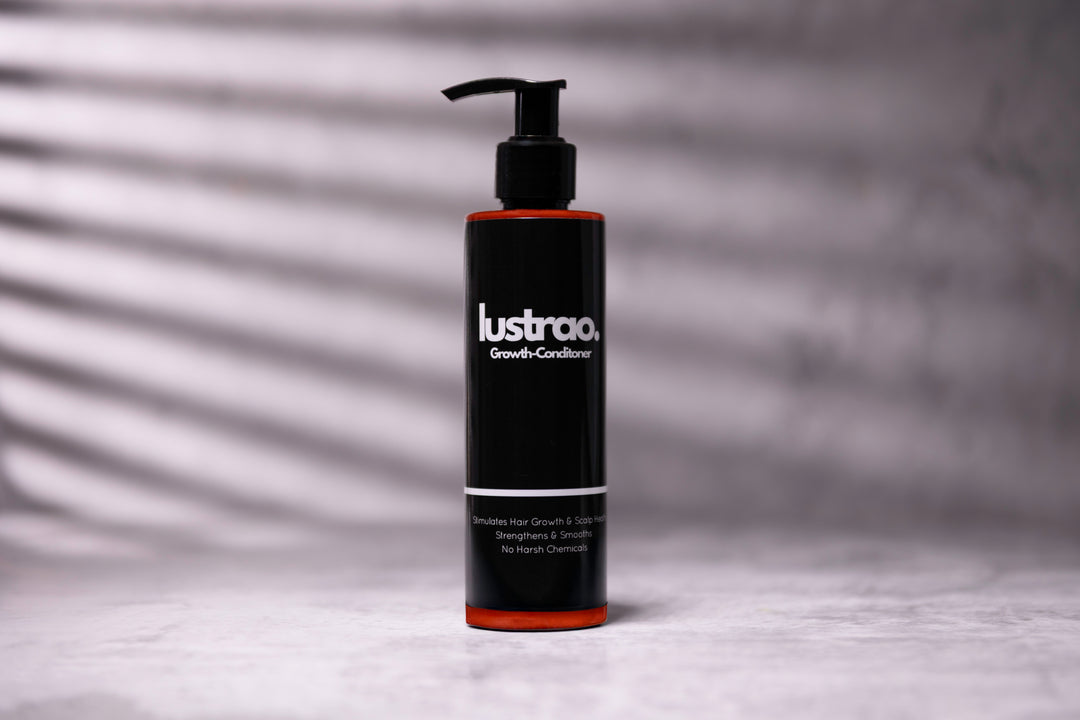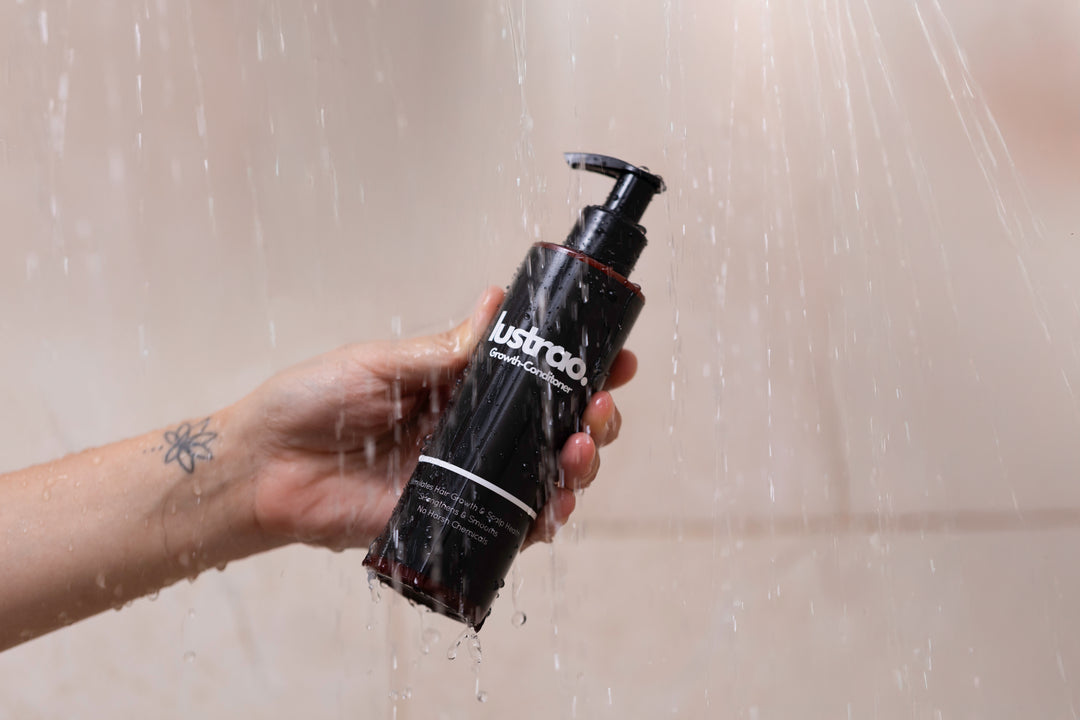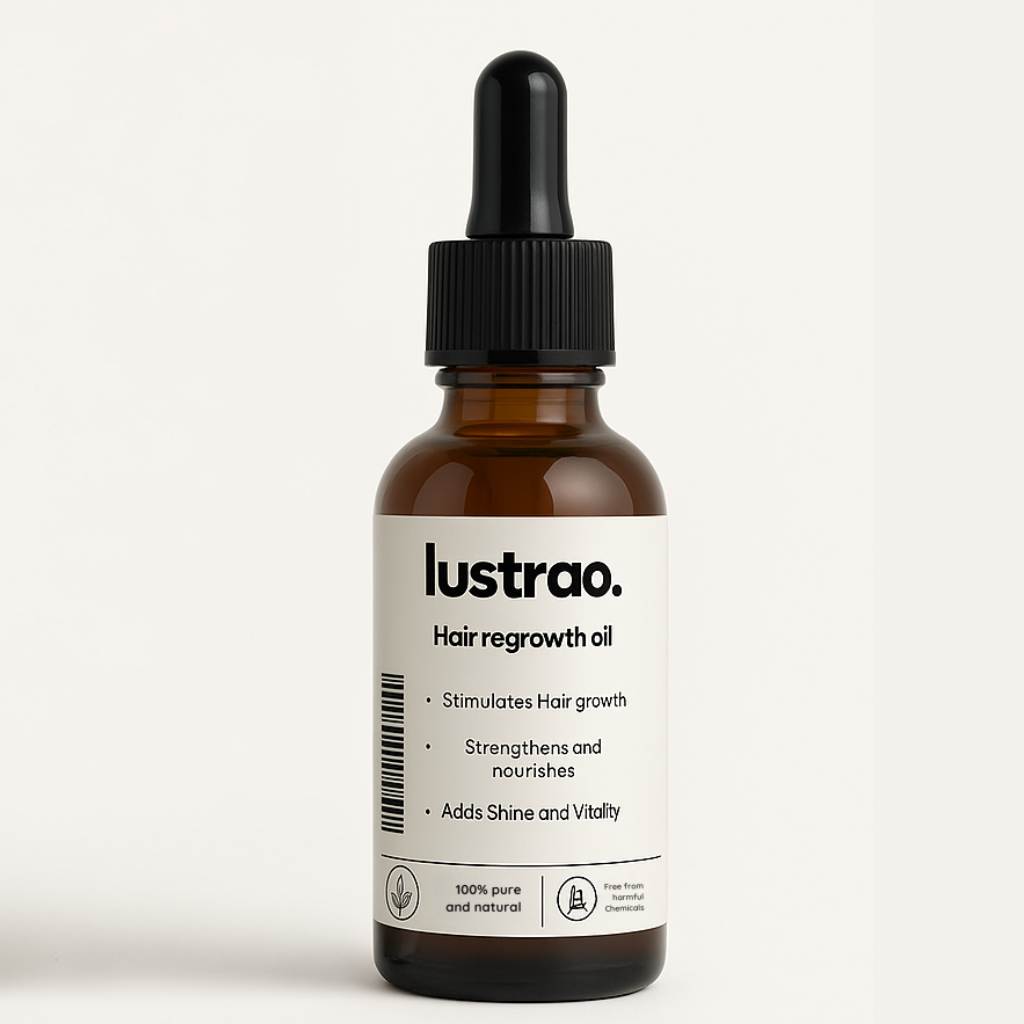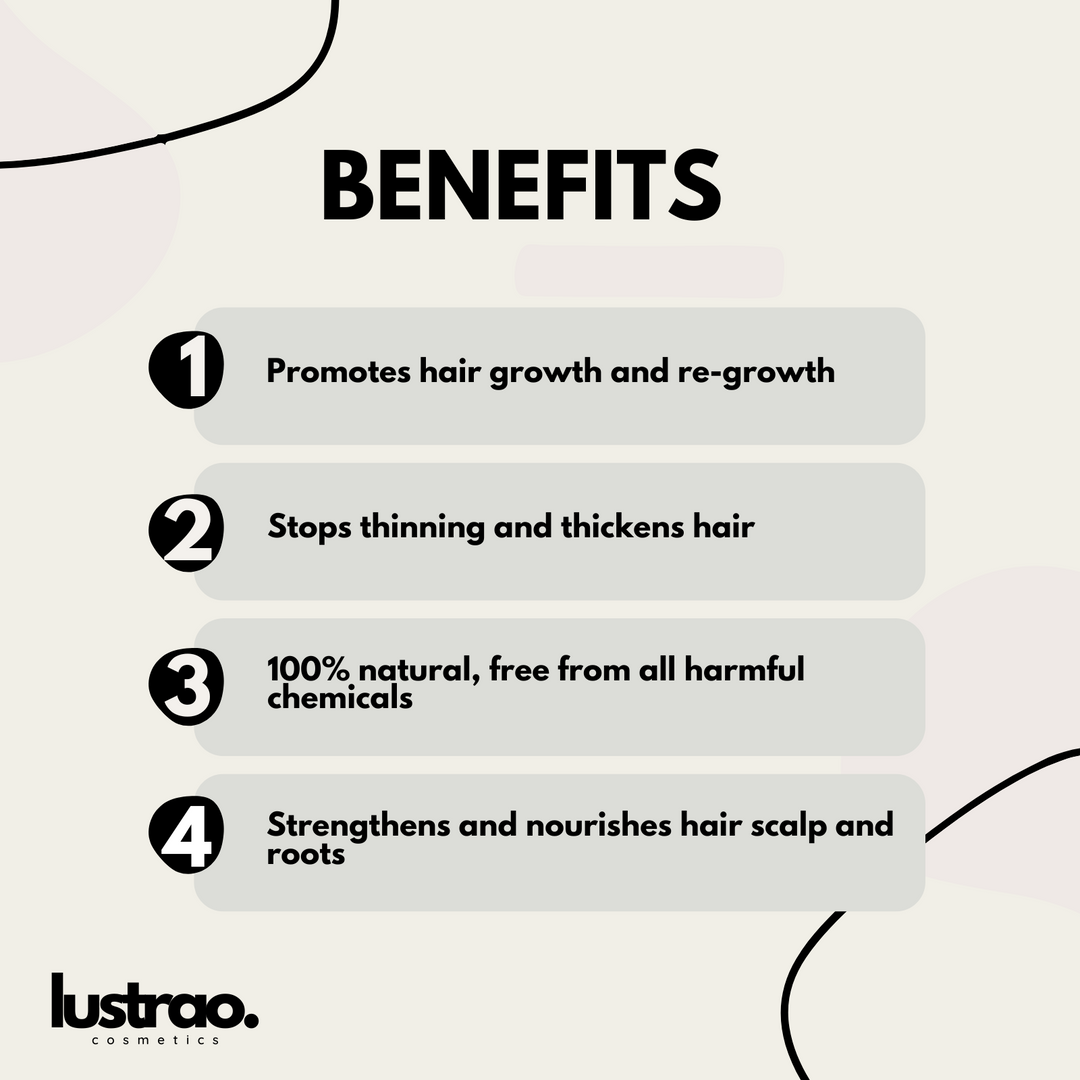
Understanding DHT: The Hormone Behind Hair Loss
Hair loss is a multifaceted issue, heavily influenced by genetics, hormones, and environmental factors. One of the most significant contributors to androgenetic alopecia, commonly known as pattern hair loss, is dihydrotestosterone (DHT). Understanding the role of DHT in hair loss, and what can be done to counter its effects, is essential for anyone concerned about thinning hair.
What is DHT?
Dihydrotestosterone (DHT) is an androgen, a hormone derived from testosterone. While DHT is crucial during puberty and contributes to the development of male characteristics such as body hair and a deeper voice, it can have detrimental effects on hair follicles, particularly on the scalp.DHT is produced when the enzyme 5-alpha-reductase converts testosterone into dihydrotestosterone. In individuals genetically predisposed to androgenetic alopecia, DHT binds to androgen receptors in hair follicles, initiating a process known as follicular miniaturization. This process causes the hair follicles to shrink over time, leading to progressively thinner and shorter hair strands, eventually resulting in hair loss.
The Role of DHT in Hair Loss
Hair follicles are particularly sensitive to DHT. In people with androgenetic alopecia, DHT binds to receptors in the hair follicles, shortening the anagen (growth) phase of the hair cycle. Over time, this results in the production of finer, shorter hairs, and eventually, the follicles stop producing hair altogether.According to Dr. Jerry Shapiro, a clinical professor of dermatology at NYU Langone Health, "DHT is a key factor in the pathogenesis of androgenetic alopecia. It shortens the anagen phase (growth phase) of the hair cycle, leading to progressively shorter and finer hairs." This mechanism is why hair loss in androgenetic alopecia typically follows a pattern, such as a receding hairline or thinning at the crown.
Scientific Studies on DHT and Hair Loss
The connection between DHT and hair loss is well-documented in scientific literature. A study published in the *Journal of Clinical Endocrinology & Metabolism* demonstrated that men with male pattern baldness had higher levels of DHT in their scalp tissue compared to men without hair loss . Another study published in the *British Journal of Dermatology* found that DHT levels were significantly elevated in balding areas of the scalp, further underscoring the hormone's role in hair follicle miniaturization .Research has also shown that reducing DHT levels can slow down or even reverse hair loss. Medications like finasteride and dutasteride work by inhibiting the 5-alpha-reductase enzyme, thereby lowering DHT levels and preserving hair follicle health. However, these treatments come with potential side effects, which have led many to explore natural alternatives.
Mitigating the Effects of DHT
Managing DHT levels is crucial for those seeking to prevent or reverse hair thinning. Several approaches can be taken, including pharmaceutical interventions, lifestyle changes, and natural remedies.1. Pharmaceutical Interventions
Medications like finasteride (Propecia) and dutasteride (Avodart) are commonly prescribed to treat androgenetic alopecia. These drugs inhibit the 5-alpha-reductase enzyme, reducing the conversion of testosterone to DHT. Clinical trials have shown that finasteride can reduce scalp DHT levels by up to 60%, leading to a significant reduction in hair loss and, in some cases, regrowth .However, these medications are not without risks. Studies have linked finasteride and dutasteride to serious side effects, including sexual dysfunction and mood changes. For more detailed information, you can read our articles on the dangers of finasteride and dutasteride to understand the potential risks associated with these treatments.
2. Lifestyle and Dietary Changes
Certain lifestyle factors and dietary choices can influence DHT levels. For example, consuming a diet rich in healthy fats, zinc, and antioxidants can support hormone balance and potentially reduce DHT production. Foods like pumpkin seeds, green tea, and fatty fish have been associated with lower DHT levels due to their zinc content and antioxidant properties.
Regular exercise, stress management, and maintaining a healthy weight can also contribute to balanced hormone levels, which may help mitigate the effects of DHT on hair follicles.
3. Natural Remedies
For those seeking a more holistic approach, natural DHT blockers have gained popularity. **Lustrao Hair Regrowth Oil** is an example of a product that harnesses the power of natural ingredients to combat DHT and promote healthy hair growth.- Rosemary Oil: Rosemary oil is a well-researched natural DHT blocker. A study published in *Skinmed* found that rosemary oil was as effective as minoxidil, a popular hair growth treatment, in promoting hair growth over six months, without the side effects often associated with pharmaceutical treatments . Rosemary oil works by inhibiting 5-alpha-reductase, thus reducing the conversion of testosterone to DHT.
- Peppermint Oil: Known for its invigorating properties, peppermint oil improves blood circulation to the scalp, ensuring hair follicles receive the nutrients they need to thrive. A study in *Toxicological Research* found that a 3% peppermint oil solution was more effective than minoxidil in promoting hair growth in mice .
- Argan Oil: Rich in antioxidants and essential fatty acids, argan oil helps nourish hair follicles and protect them from damage. It also has anti-inflammatory properties that can soothe the scalp, promoting a healthier environment for hair growth.
- Castor Oil: Castor oil is packed with ricinoleic acid, which has been shown to improve scalp circulation and provide a nourishing environment for hair follicles, supporting overall hair health.
Final Thoughts:
DHT is a critical factor in androgenetic alopecia, making it essential for those dealing with hair loss to understand its role and explore effective treatments. While pharmaceutical options like finasteride and dutasteride exist, they come with potential risks, prompting many to consider natural alternatives.Lustrao Hair Regrowth Oil, with its blend of rosemary oil, peppermint oil, argan oil, and castor oil, offers a natural solution to manage DHT levels and promote healthy hair growth. By leveraging the power of these natural ingredients, you can create a favorable environment for hair growth without the side effects associated with synthetic treatments.
For those concerned about DHT-related hair loss, it's advisable to consult with a healthcare professional to explore the most suitable treatment options, whether pharmaceutical or natural.
FAQ Section
1. What is DHT, and how does it cause hair loss?
DHT (dihydrotestosterone) is a hormone derived from testosterone. It binds to androgen receptors in hair follicles, leading to their gradual miniaturization, which causes thinning hair and eventual hair loss.
2. Can DHT levels be reduced naturally?
Yes, certain natural ingredients like rosemary oil, peppermint oil, and argan oil have been shown to inhibit DHT production and may help mitigate its effects on hair follicles.
3. Are there any side effects to reducing DHT?
Pharmaceutical DHT blockers like finasteride and dutasteride can have side effects, including sexual dysfunction and mood changes. Natural alternatives like Lustrao Hair Regrowth Oil generally have fewer side effects but may be less potent.
4. How long does it take to see results from DHT blockers?
Results can vary, but typically, it may take 3 to 6 months of consistent use of DHT blockers, whether pharmaceutical or natural, to see noticeable improvements in hair growth.
5. Is Lustrao Hair Regrowth Oil effective against DHT-related hair loss?
Lustrao Hair Regrowth Oil contains natural ingredients like rosemary oil and peppermint oil, which are known to block DHT. Regular use may help reduce hair loss and promote healthy hair growth.
Share
